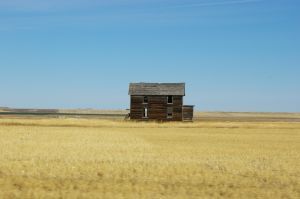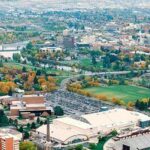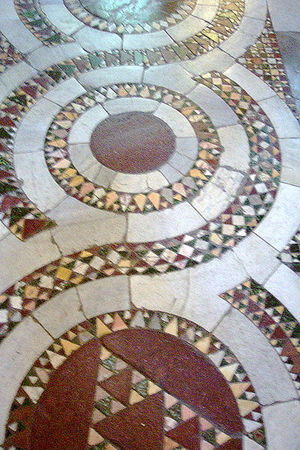While it’s home to two national parks – Glacier and Yellowstone – Montana is in the news more often these days for having lent its name to the popular TV series, “Hannah Montana”.
It’s a state that deals in “large” – although 44th in population, it ranks 4th in land size. Tourism is important to the economy, which is also based on agriculture and lumber and mineral extraction. It’s full of wildlife; the average square mile of land is home to 1.4 elk, 1.4 pronghorn antelope and 3.3 deer, according to 50states.com. Visitors to Bowdoin National Wildlife Refuge can see up to 1,700 nesting pelicans. And no other state has as many difference species of mammals. It has the largest grizzly bear population in the lower 48 states.
The largest population of nesting common loons in the West calls an area north of Missoula home. The Freezeout Lake Wildlife Management Area holds up to 300,000 snow geese and 10,000 tundra swans during migration.
Some 46 of Montana’s 56 counties have been designated “frontier counties,” with 6 or fewer residents per square mile. It’s the only state with a triple divide that permits water to flow into the Pacific, Atlantic and Hudson Bay courtesy of the Triple Divide Peak in Glacier National Park.
The first known inhabitants of the area were the Plains Indians. Montana today is home to seven Indian reservations. Custer and his troops made their last stand just south of Billings. Visitors who stop at the Little Bighorn Battlefield National Monument Museum will find a lot of information on the Plains Indians and the U.S. military involved in the battle. You can also see buffalo in the wild at the National Bison Range in Moiese.
Other popular sites to visit include Big Hole National Battlefield near Wisdom, the Lewis & Clark National Historic Trail and the Nez Perce National Historical Park. The state also has more than a dozen noted ski areas.
The state takes its name from the Spanish word of the same spelling that means “mountain. The Continental Divide runs on a diagonal through Montana from northwest to the south central section, splitting the state into an eastern and a western region. Although the western part is made up by part of the northern Rocky Mountains, more than half the state is prairie and is considered part of the Great Plains.
Admitted to the Union on November 8, 1889, Montana followed South Dakota. Although Billings is the largest city, Helena is the capital. The total state population is less than 1 million. As a matter of fact, elk, deer and antelope outnumber human residents. The state’s motto, “oro y plata,” is Spanish for “gold and silver.” The official state animal is the grizzly bear, and the state flower is the bitterroot.
Although the battleship “USS Montana” was intended to honor the state, the vessel was never completed. As a result, the state was the only one of 48 during World War II without a battleship named after it.
Nicknamed the Treasure State, Montana links much of its history to mineral deposits. Helena in 1888 had more millionaires per capita than any other city in the world. Cattle ranching has long been an important part of the economy.
Fort Shaw, west of Great Falls, was named after Colonel Robert Gould Shaw, who commanded the 54th Massachusetts. This was one of the first all African-American regiments during the Civil War. Twenty of the buildings of the fort were eventually used as a school to provide industrial training to young Native Americans.
The state was the first to send a female to Congress when it elected Jeannette Rankin. It currently ranks one of the most homogeneous states, with 90 percent of its residents of European descent.
Reference:
- 50states.com web site







